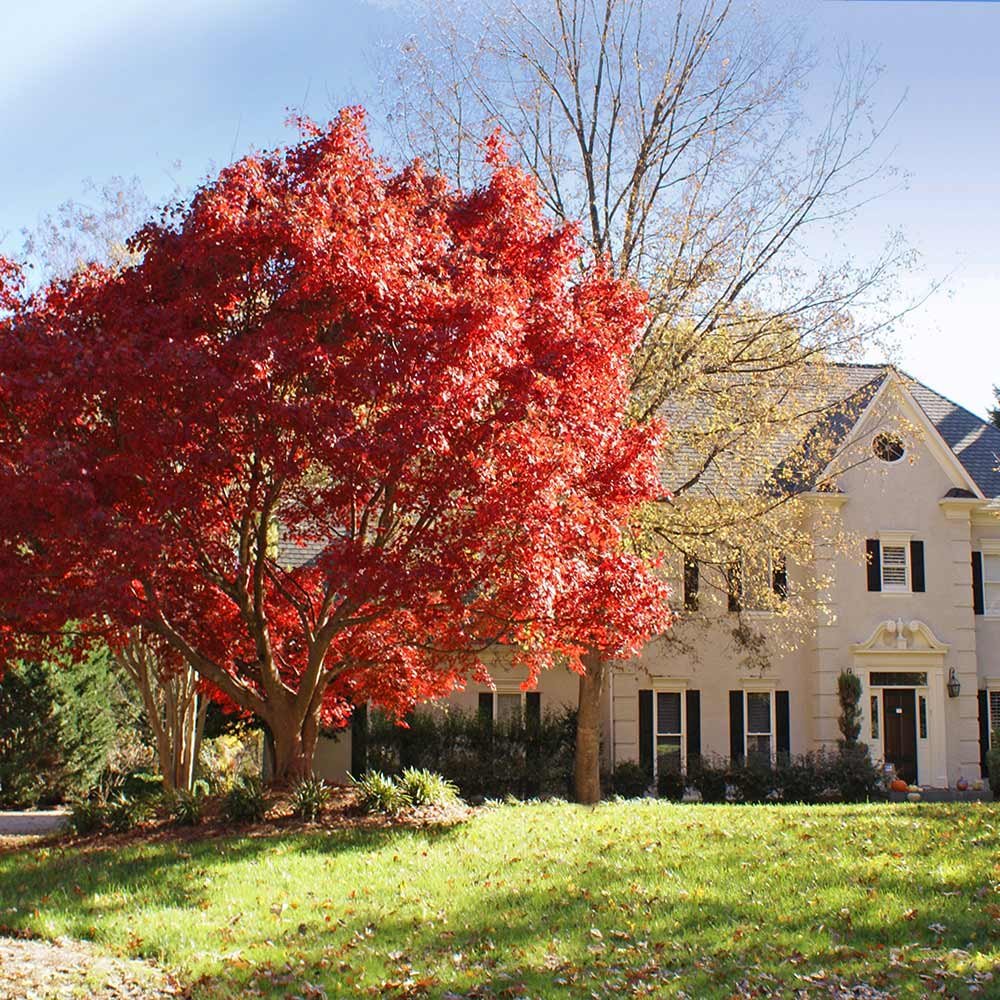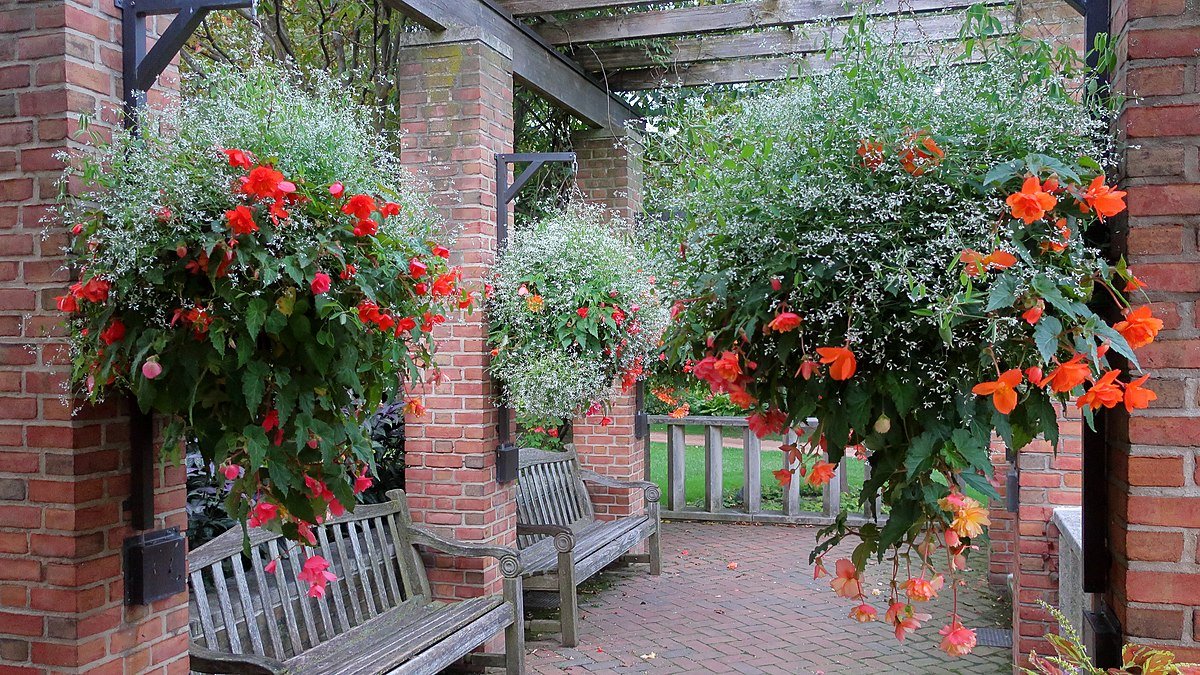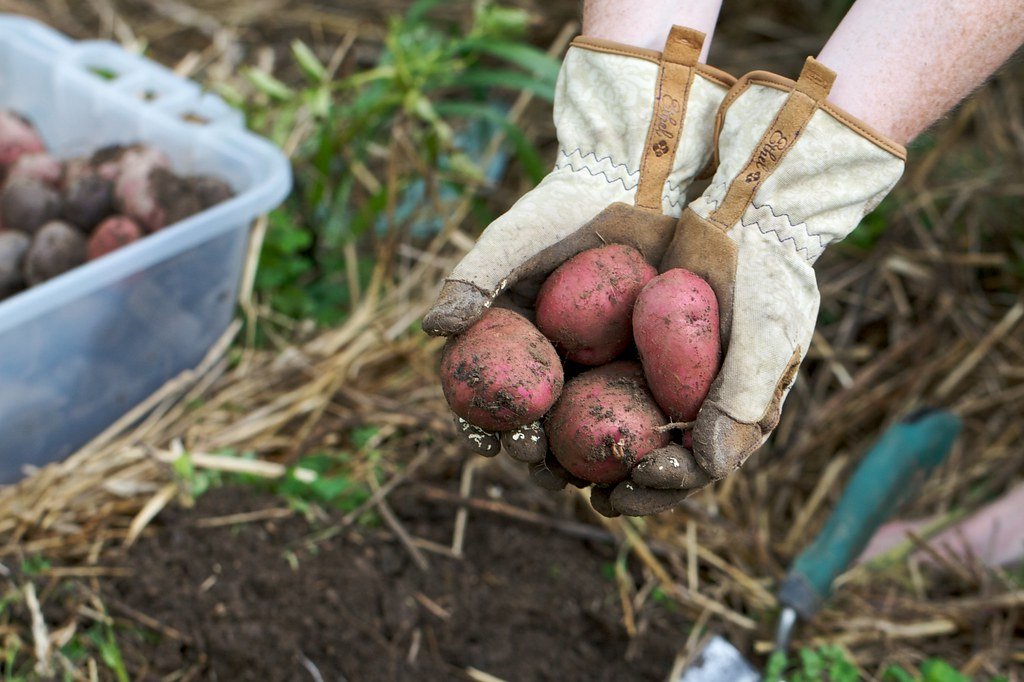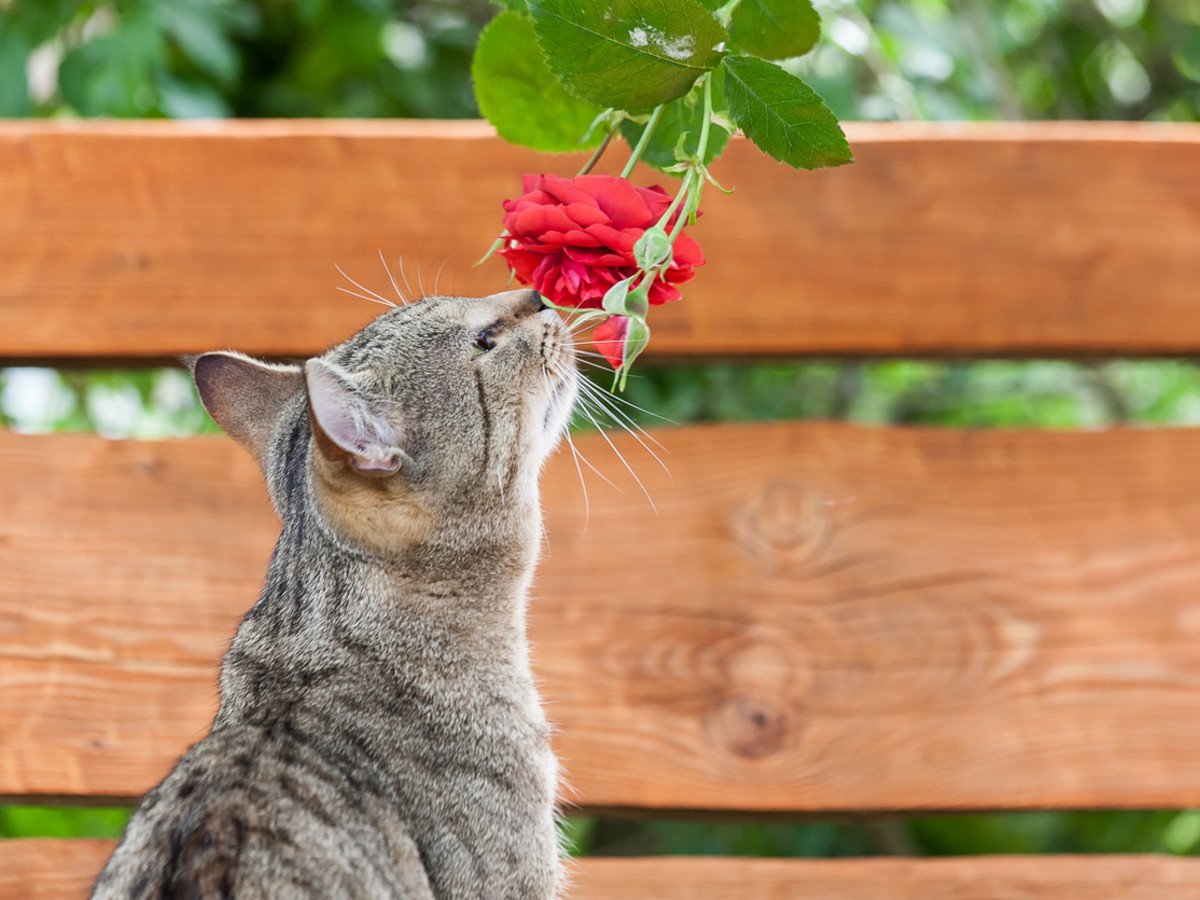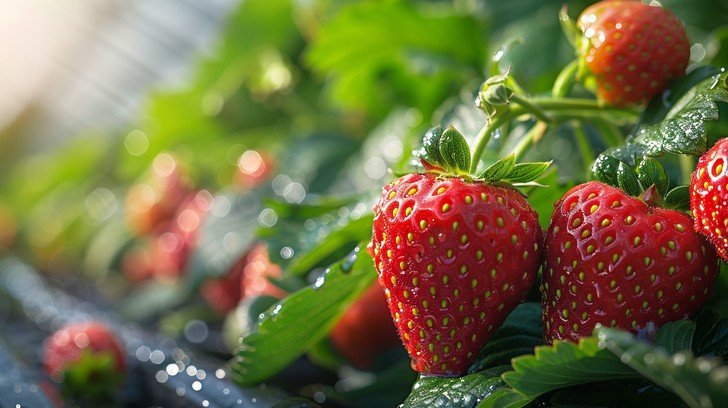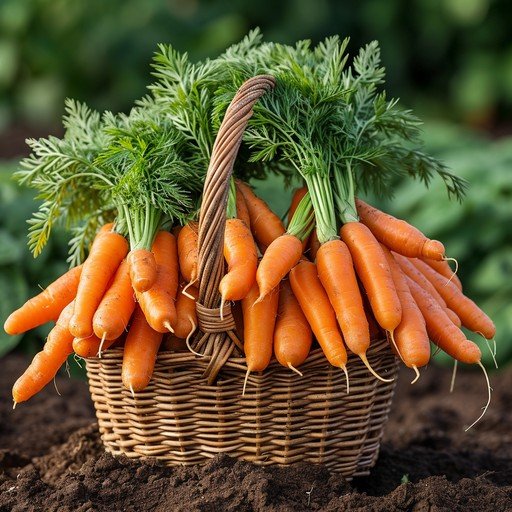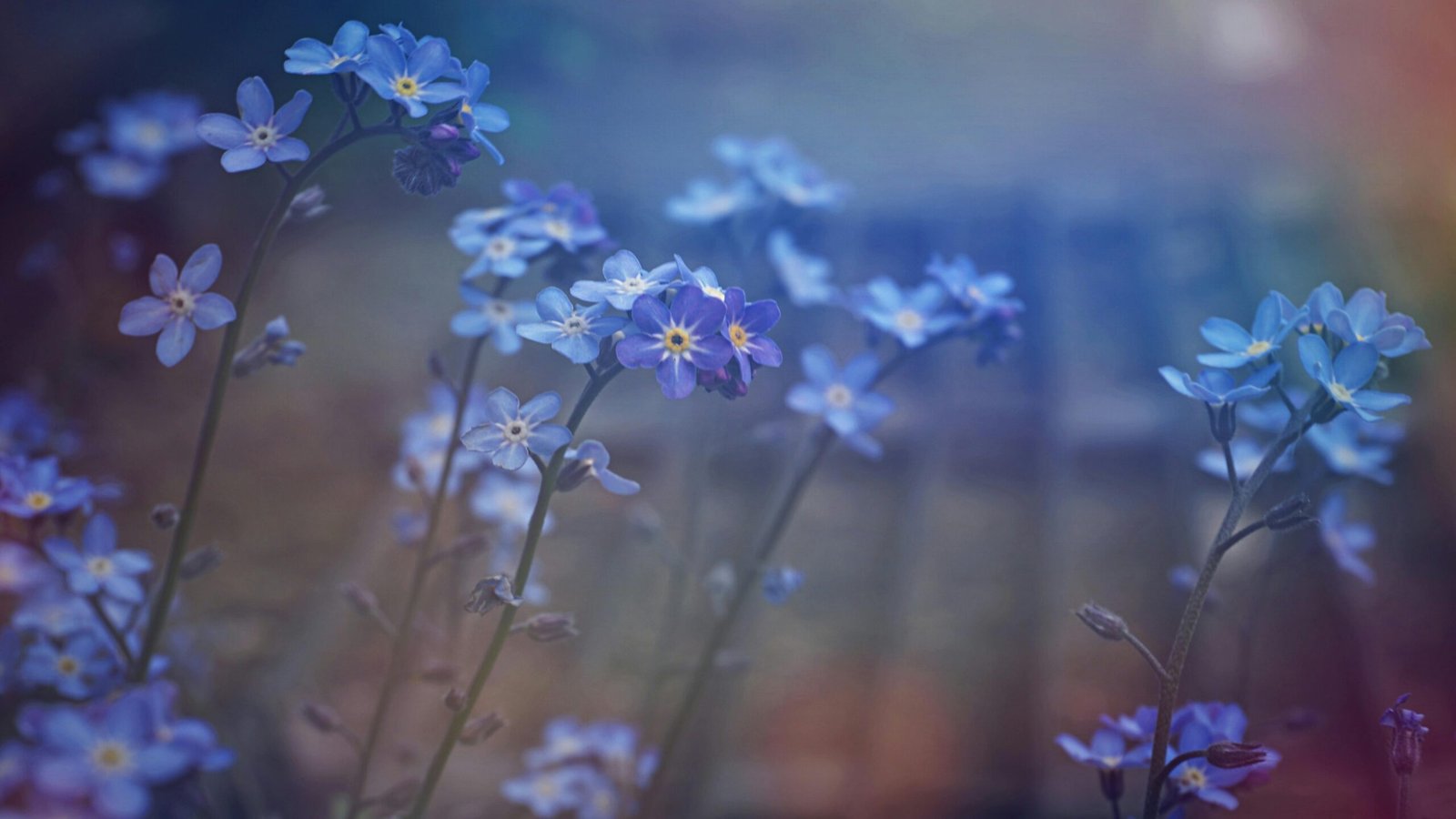The Seasonal Magic: A Complete Guide to Deciduous Trees for Your Landscape
Welcome to Garden KT, the place where we explore how to cultivate beauty and resilience in your outdoor space. In the world of horticulture, trees are often categorized into two main groups: evergreen and deciduous trees. While evergreens provide consistent, year-round color, it is the dramatic, cyclical transformation of deciduous trees that provides the true heartbeat and rhythm to the temperate garden.
Deciduous trees are the celebrated performers of the four-season garden. They are the trees that signal the change of seasons—ushering in spring with fresh, vibrant green growth, offering dense, cooling shade throughout the summer, staging a spectacular, fiery display in the autumn, and finally, revealing the elegant, architectural beauty of their bare branches in the stillness of winter. The very word “deciduous” comes from the Latin word decidere, meaning “to fall down” or “to fall off,” perfectly describing their annual leaf-shedding habit.
For any gardener, understanding deciduous trees is fundamental. They are not just passive elements of the landscape; they are dynamic, functional, and essential components that contribute to the aesthetic appeal, energy efficiency, and ecological health of your property.
This comprehensive guide will delve into the science of why deciduous trees shed their leaves, explore their immense benefits for the home and garden, and introduce you to some of the most stunning varieties you can incorporate into your own landscape plan, ensuring your garden remains engaging and vibrant throughout all twelve months of the year.
Understanding the Deciduous Cycle: Why Leaves Fall
The most defining characteristic of deciduous trees is their annual shedding of leaves. This process is not a sign of death or illness; rather, it is a sophisticated, energy-saving survival strategy that has allowed these trees to dominate temperate and seasonally dry climates worldwide.
The Mechanism of Dormancy
In regions with cold winters or pronounced dry seasons, a tree faces a survival problem: how to retain water. Leaves, with their broad, flat surfaces, are the primary site for photosynthesis, but they are also the primary site for water loss through a process called transpiration.
When the ground freezes in winter, or when water becomes scarce during a dry season, the tree cannot draw up enough moisture to replace what the leaves are losing. To prevent fatal dehydration, the deciduous trees initiate a graceful shutdown process called dormancy.
- Sensing the Change: As daylight hours shorten and temperatures drop in the autumn, the tree is triggered to prepare for dormancy.
- Chlorophyll Breakdown: The tree stops producing chlorophyll, the green pigment responsible for photosynthesis. As the green fades, the permanent, underlying pigments—yellow and orange carotenoids, and red and purple anthocyanins—are finally revealed, giving us the breathtaking display of fall foliage.
- Abscission Layer: At the base of the leaf stem (petiole), the tree forms a specialized layer of cells known as the abscission layer. This layer seals off the leaf from the tree’s vascular system, much like a scab forms over a wound.
- Leaf Drop: Once the abscission layer is fully formed, the leaf is effectively disconnected and the slightest wind or rain causes it to fall to the ground. The tree is now bare, its buds protected, and it is ready to conserve energy throughout the cold or dry period.
This biological phenomenon is the simple but elegant reason why deciduous trees are so perfectly adapted to their environments. The absence of leaves ensures minimal water loss while the tree waits for favorable growing conditions to return.
Functional Benefits of Deciduous Trees in Landscape Design
Deciduous trees are not merely decorative; they serve crucial, practical roles in an intelligent garden and home landscape plan. Their seasonal characteristics provide benefits that evergreens simply cannot match.
1. Passive Solar Heating and Cooling
This is perhaps the greatest functional benefit of a well-placed deciduous tree:
- Summer Shade: During the hot months, the full, dense canopy of deciduous trees provides maximum shade, cooling the air and blocking harsh sunlight from hitting your home’s roof and windows. This can significantly reduce the cost of air conditioning.
- Winter Sunlight: Once the leaves drop, the bare branches allow valuable low-angle winter sunlight to penetrate, warming your home naturally. This passive solar gain can help reduce heating costs, giving you the best of both worlds—cool summers and warm winters.
2. Soil Enrichment and Health
The fallen leaves of deciduous trees are an ecological gift to the soil.
- Natural Mulch: A layer of leaves acts as a natural mulch, insulating the roots of the tree and surrounding plants from extreme temperatures.
- Organic Matter: As the leaves decompose (a process we gardeners call leaf mold), they return essential organic matter and nutrients to the soil, improving its structure, fertility, and water retention. This natural cycle reduces your reliance on bagged mulch and fertilizers.
- Internal Link Opportunity: To learn how to turn those fallen leaves into the gardener’s gold, see our detailed guide on Composting for Beginners: Turn Waste into Garden Gold.
3. Wildlife Support
Deciduous trees are vital habitats for local fauna.
- Shelter and Nesting: The branching structure provides vital nesting sites for birds in the spring and summer.
- Food Source: Many deciduous trees produce edible nuts, berries, or fruits—such as Oaks (acorns), Maples (samaras), and Crabapples (fruit)—providing essential food sources for squirrels, birds, and other small mammals throughout the fall and winter.
4. Architectural Interest
While evergreens offer structure, the bare branches of deciduous trees offer a unique aesthetic appeal often overlooked.
- Winter Silhouette: The exposed framework of the branches against a winter sky, particularly those with unique forms like the Weeping Willow or the contorted Hazel, becomes a striking focal point, adding texture and drama to a monochromatic winter landscape.
- Ornamental Bark: Many deciduous trees are specifically valued for their beautiful bark, which is fully revealed in winter. Examples include the pure white bark of the Himalayan Birch (Betula utilis var. jacquemontii) or the exfoliating, mottled bark of the Sycamore or Lacebark Elm.
Essential Care and Maintenance for Deciduous Trees
Caring for deciduous trees is straightforward, but it revolves around their seasonal cycle. Understanding their needs during dormancy and growth is essential for maximizing their health and ornamental value.
Planting Time
The best time to plant deciduous trees is when they are dormant, either in late fall after the leaves have dropped or in early spring before the buds break. Planting during dormancy minimizes shock to the tree, allowing it to focus its energy on establishing a strong root system without the stress of supporting a full canopy of leaves.
Watering
- Establishment: Newly planted deciduous trees require consistent, deep watering for the first year or two to establish a robust root system. The soil should be kept evenly moist, but never waterlogged.
- Mature Trees: Once established, most common deciduous trees are quite self-sufficient and only need supplemental watering during prolonged periods of severe drought.
Pruning
Pruning is crucial for maintaining the structure and health of deciduous trees.
- When to Prune: The ideal time for general structural pruning (removing large branches, shaping the canopy) is during the dormant season, typically late winter or very early spring before new growth begins. The bare branches allow you to clearly see the entire structure of the tree.
- What to Prune: Always remove the “Three Ds” first: Dead, Diseased, or Damaged branches. Also, thin out crossing or rubbing branches to prevent wounds and improve air circulation.
- Exception: For stone fruit deciduous trees (Prunus species like cherries, plums, and peaches), summer pruning is often recommended to minimize the risk of fungal diseases like silver leaf.
- Outbound Link Opportunity: For more science-backed details on the importance of dormant pruning, the University of Nebraska-Lincoln Extension website offers excellent resources on optimal timing for deciduous trees.
Fertilization and Mulch
- Mulching: A layer of organic mulch, kept a few inches away from the trunk (to form a “donut” not a “volcano”), is essential for deciduous trees. It protects the root zone, retains moisture, and slowly provides nutrients.
- Fertilization: Mature, healthy deciduous trees rarely need fertilizer. If growth is poor, a soil test can determine if a specific nutrient (usually nitrogen) is lacking, and a slow-release fertilizer can be applied in the spring.
Top 10 Stunning Deciduous Trees for the Garden KT Landscape
Choosing the right deciduous tree means selecting a variety that fits your space, offers year-round interest, and thrives in your climate. Here are some of the most popular and rewarding choices:
| Tree Name (Scientific Name) | Key Features | Best Use in the Garden |
| Japanese Maple (Acer palmatum) | Delicate, lacy foliage; spectacular red, orange, or purple fall color; compact size. | Focal point, container gardening, understory tree in smaller gardens. |
| Sugar Maple (Acer saccharum) | Classic shade tree; Canada’s national tree; brilliant orange and red fall foliage. | Large shade tree for spacious lawns, excellent for energy saving. |
| Flowering Dogwood (Cornus florida) | Showy white or pink bracts in spring; beautiful tiered horizontal branching; red fruit for birds. | Small ornamental tree, understory planting, spring color. |
| River Birch (Betula nigra) | Distinctive exfoliating, cinnamon-colored bark (especially visible in winter); tolerates wet soil. | Near water features, specimen tree for winter interest, erosion control. |
| Serviceberry (Amelanchier spp.) | Early spring white flowers; edible, blueberry-like fruit; soft red/orange fall color; multi-season appeal. | Small ornamental tree, wildlife garden, edible landscape. |
| Ginkgo Biloba (Ginkgo biloba) | Unique fan-shaped leaves (a “living fossil”); brilliant, uniform golden-yellow fall color; extremely urban tolerant. | Street tree, urban environments, low-maintenance focal point. |
| Katsura Tree (Cercidiphyllum japonicum) | Heart-shaped leaves; fall foliage smells like burnt sugar or cotton candy. | Specimen tree, light shade (leaves don’t cast dense shadow). |
| Lacebark Elm (Ulmus parvifolia) | Mottled, flaking bark of gray, green, and orange, offering fantastic winter interest. Disease resistant. | Shade tree, ornamental bark display, street tree replacement. |
| Weeping Willow (Salix babylonica) | Dramatic, cascading branches; very fast growth. | Near water features, large specimen tree where ample space is available. |
| Redbud (Cercis canadensis) | Clouds of tiny pink-purple flowers on bare branches in early spring; heart-shaped leaves. | Small garden tree, spring color, patio area. |
The Deciduous vs. Evergreen Debate for Gardeners
No guide to deciduous trees is complete without clarifying their relationship to evergreens. A balanced garden should utilize both to achieve year-round function and aesthetic appeal.
| Feature | Deciduous Trees | Evergreen Trees |
| Leaf Retention | Shed all leaves seasonally (typically fall/winter) | Retain needles or leaves year-round |
| Fall Color | The highlight: Brilliant oranges, reds, and yellows | Typically none (except for seasonal bronze/red tips) |
| Winter Function | Allows sunlight in (passive heating) | Provides continuous privacy and windbreak |
| Summer Function | Dense canopy offers superior shade (cooling) | Consistent color and structure |
| Maintenance | Seasonal leaf raking/cleanup | Continuous needle/foliage drop (less concentrated) |
| Ecological Impact | Enriches soil with leaf litter | Provides dense winter shelter |
By combining the structural stability, privacy, and wind resistance of evergreens with the dynamic seasonal beauty and energy efficiency of deciduous trees, you can create a landscape that is both stunning and sustainable. Deciduous trees invite you to appreciate the inherent beauty in change, marking the progression of time with vivid color and elegant rest.
The power of deciduous trees lies in their promise of renewal. They teach us the value of rest and the joy of a spectacular return. By incorporating these transformative giants into your garden, you are planting more than just a tree; you are planting a living, breathing celebration of the seasons.
